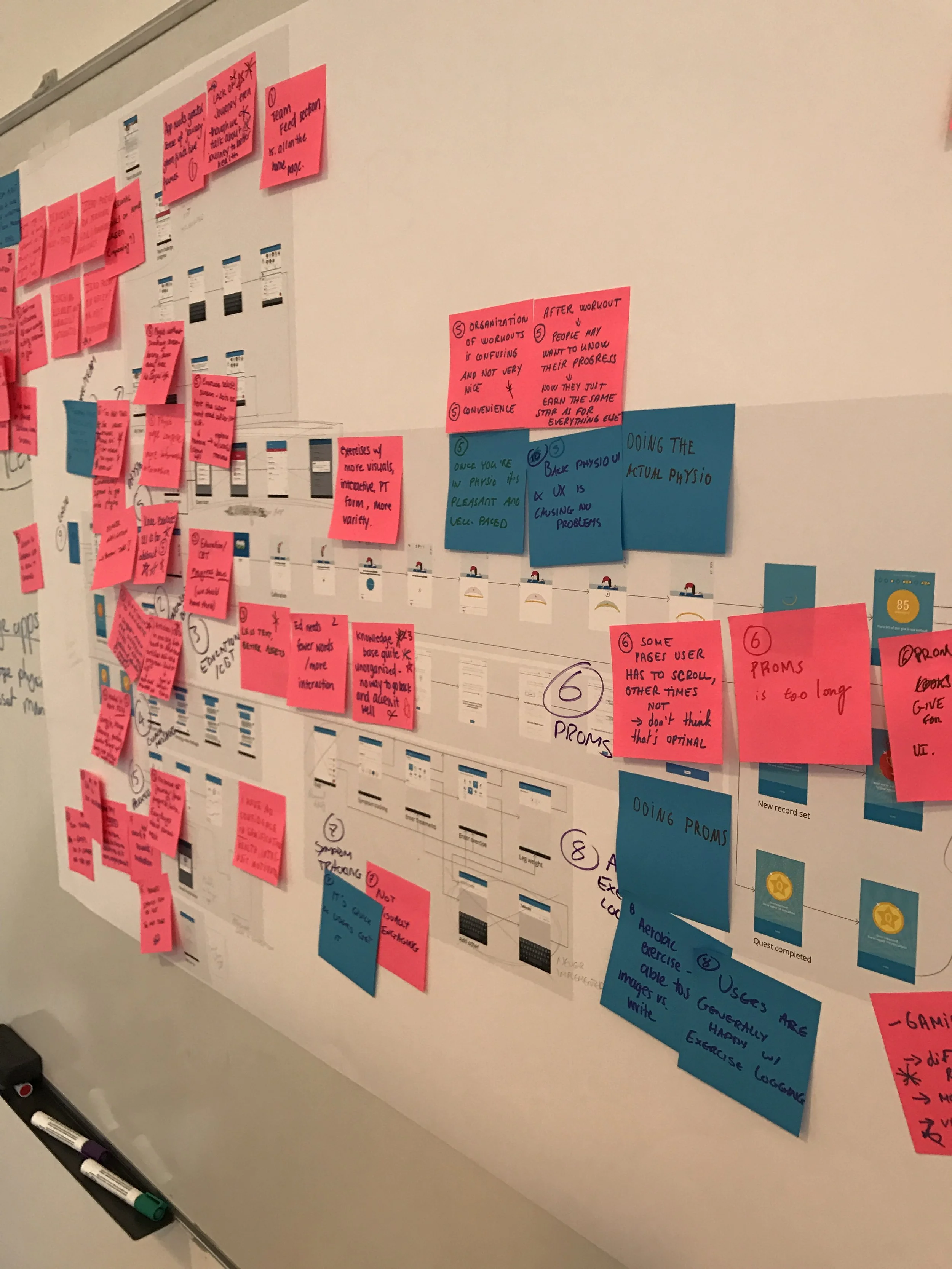Method
Here is just a breakdown of my approach to the way I carry out my work and thinking that allows me to measure the effectiveness of my work - The methodologies change as I learn but the foundations are firmly set.
Brand Strategy
The brand strategy and UX component involves integrating the brand's attributes, visual identity, tone, and language into the user experience.
By conducting user research, maintaining consistency in visual elements and messaging, and creating interactions that reflect the brand's personality and values, a cohesive and memorable experience is achieved. The result I find is a user experience that not only meets user expectations but also reinforces the brand's identity, building trust and loyalty among users.
Content Strategy
Aligning the content strategy to the UX component involves ensuring that the content is designed and presented in a way that enhances the overall user experience.
By understanding user needs and behaviors, the content strategy can be tailored to provide relevant, engaging, and valuable information at each touchpoint. For me this involves structuring and organizing content in a user-friendly manner, using clear and concise language, and aligning the tone and style with the brand's attributes. My goal is to create a seamless integration between the content and the UX, resulting in a cohesive and impactful user experience.
UI/UX Design
Both UI and UX design are essential components of creating successful digital products. A well-executed UI design enhances the visual appeal and usability of the interface, while a thoughtful UX design ensures that the overall experience is seamless, intuitive, and delightful for the users. By combining these two disciplines, designers can create engaging, user-centered digital experiences that meet the needs of both the users and the business.
Product Strategy
Creating winning product strategies involves conducting thorough market research, gaining deep customer insights, defining a compelling value proposition, setting clear goals, developing a strategic product roadmap, analyzing the competition, implementing effective pricing and marketing strategies, focusing on customer experience, and embracing agile execution and iteration.
By continuously monitoring performance metrics and adjusting strategies based on market feedback, businesses can position their products for success, deliver exceptional value to customers, and achieve long-term growth and competitiveness.
Visual Design
Good product visual design plays a crucial role in capturing users' attention, conveying information effectively, and creating a positive and engaging user experience. It enhances the aesthetics of a product, making it visually appealing and visually coherent. Well-executed visual design enhances usability by guiding users' attention, providing clear visual hierarchy, and helping users understand how to interact with the product.
It also establishes credibility, professionalism, and trustworthiness, as users often form judgments about a product's quality based on its visual presentation. Additionally, strong visual design can evoke emotions, establish brand identity, and differentiate a product from competitors. Ultimately, good product visual design enhances user satisfaction, improves user engagement, and contributes to the overall success of a product.
Development
From a product design perspective, the development cycle encompasses several key stages. It begins with discovery and research, where user insights and market analysis are gathered. Next comes conceptualization and ideation, where ideas and concepts are generated. Information architecture and user flows are then established, followed by interaction design and prototyping. The visual design brings the product's visual identity to life.
Development and implementation and integration, followed by testing and iteration to refine the design. The product is launched and deployed, and post-launch evaluation and optimization continue to enhance its performance. Throughout the cycle, collaboration and communication among design and development teams are vital to ensure a seamless workflow and the realization of a successful digital product.
Let’s Talk
Take a few moments to hear me talk shop.
Design is a crucial element of HealthTech that goes far beyond the look and feel of an app or platform. Hand in hand with functionality, it has a dramatic impact on an app’s overall usability and, done well, can result in an enjoyable, meaningful experience for the end-user.
In the second episode of the 'Designing for HealthTech' series, Locum's Nest Co-Founder Dr Nicholas Andreou and Head of Design Jason Peart, discuss empathy-driven user-experience. Listen to the dynamic duo as they share how they've made it their mission to 'inject empathy' into the Locum's Nest suite of digital products via thoughtful design.
In the third episode of the 'Designing for HealthTech' series, Locum's Nest Co-Founder Dr Nicholas Andreou and Head of Design Jason Peart, met to share how, through a series of micro interactions, the Locum’s Nest app has not only heightened engagement between frontline users and management, but has improved the overall wellbeing of our NHS people.

